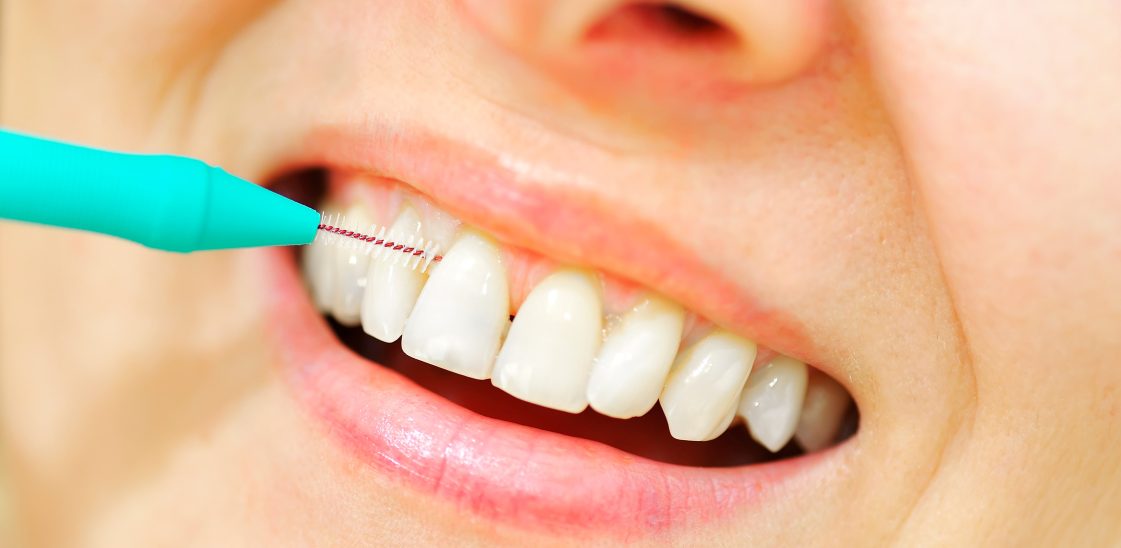
Can interdental brushes damage gums?
If you’re looking for ways to improve your oral hygiene, you may have come across interdental brushes. These brushes are designed to clean between the teeth and in hard to reach areas of your mouth in order to prevent plaque build-up. But can interdental brushes actually damage the gums? After all, people sometimes complain of bleeding gums when they first start using them.
In this blog post, we investigate this issue.
Are interdental brushes safe?
Interdental brushes are perfectly safe when used according to manufacturer’s instructions. Cleaning between your teeth is very important, and it’s recommended to use interdental brushes or floss to do this.
When used correctly, interdental brushes can help to prevent gum disease, inflammation, bad breath and other dental problems by removing food particles and plaque from around teeth, cavities and fillings.
People sometimes complain that interdental brushes cause bleeding gums, but this is not the case. The fact is, if you don’t regularly clean between your teeth, your gums are likely to be unhealthy. When you first remove plaque using interdental brushes, your gums may feel tender and start to bleed. However, if you continue to use interdental brushes regularly, you should find that the bleeding reduces and eventually stops.[1]
You may need to experiment with different sizes to find the right fit for your requirements. You might find that you need one size for certain gaps and a bigger or smaller size for others. If you’re just starting out, why not try the popular DenTek Eco Easy Brush mixed sizes pack? For particularly tight gaps, you might like the DenTek Eco Slim Brush, which is tapered at the tip to comfortably enter extra tight space.
Do interdental brushes cause gum recession?
Gum recession is a type of gum disease that happens when the gum margin pulls away or wears away from the teeth. This results in more of the tooth, or part of the tooth’s root, being exposed. Receding gums cause pockets to form between the teeth and the gums where infection-causing bacteria can collect. Ultimately, if gum recession isn’t treated, you could end up losing teeth.
There is no evidence to say that interdental brushes cause gum recession. In fact, interdental brushes can actually help to prevent receding gums as they are designed to fight plaque and tartar build-up, which can contribute to gum recession.[2]
Do interdental brushes cause gaps?
Interdental brushes should not cause gaps between teeth. If you use them correctly, you might find that gaps that were once filled with plaque are now clean and debris-free.
The key to using interdental brushes safely is to make sure that you choose the correct size for the space you’re working on. Forcing a brush that is too big into a small gap could cause trauma to the gums, which could lead to gaps between the teeth.
However, if you use interdental brushes correctly, you won’t be faced with this problem.[3]
How to floss with interdental brushes
Interdental brushes are simple to use and you should find it easy to make them a part of your everyday dental hygiene routine. Get your flossing technique right by following these simple steps.
Step 1: Choose the right size
As we’ve already stated, choosing the correct size interdental brush is vitally important in order to get the best results and avoid discomfort. You should be able to feel the bristles of the brush come into contact with your teeth and gums but the wire itself shouldn’t meet the tooth surface or gumline. It’s a good idea to start with a small size and then move up the sizes until you find a snug but comfortable fit.
Step 2: Insert the interdental brush
Next, you’ll need to insert the brush between your teeth or dental appliances. Again, the bristles should meet the teeth and gums but you shouldn’t feel pain or discomfort. When cleaning between back teeth or other hard to reach areas, you may need to angle the wire slightly to access the area properly.
Step 3: Use a gentle back-and-forth motion
To remove plaque and debris, you should use a gentle back-and-forth motion to move the brush between the teeth or dental appliances.
Step 4: Wash after use
Interdental brushes are reusable but you must remember to thoroughly clean them between uses. You should switch to a new brush once the filaments are worn out.[3]
Resources:
[1] https://www.nhs.uk/live-well/healthy-teeth-and-gums/how-to-keep-your-teeth-clean/
[2] https://www.nhs.uk/conditions/gum-disease/
[3] https://www.nhs.uk/common-health-questions/dental-health/why-should-i-use-interdental-brushes/




